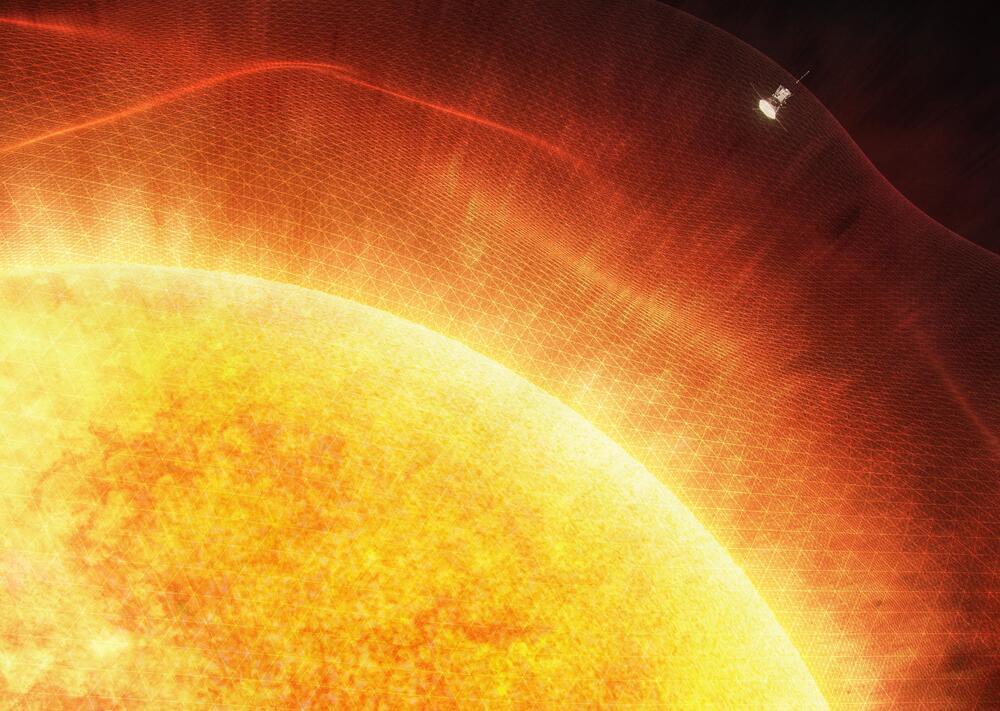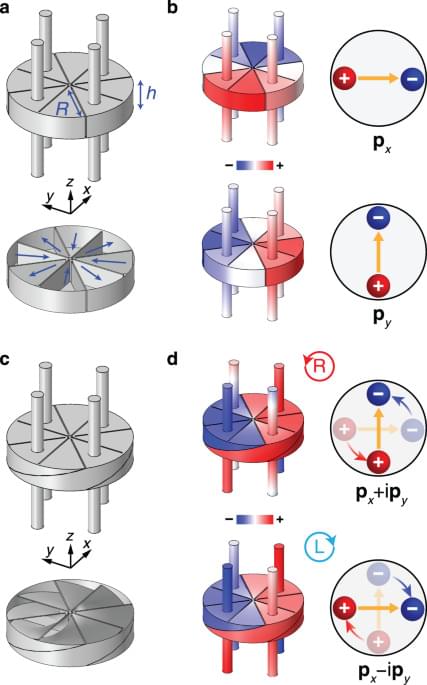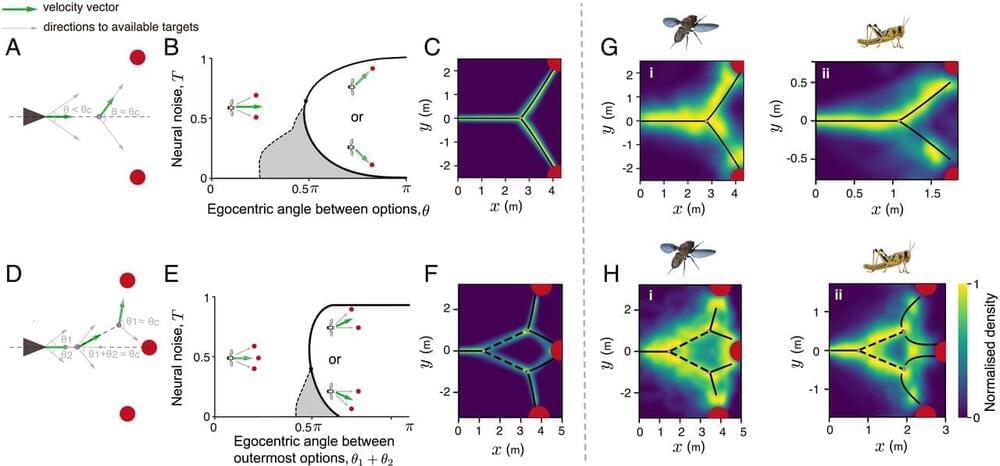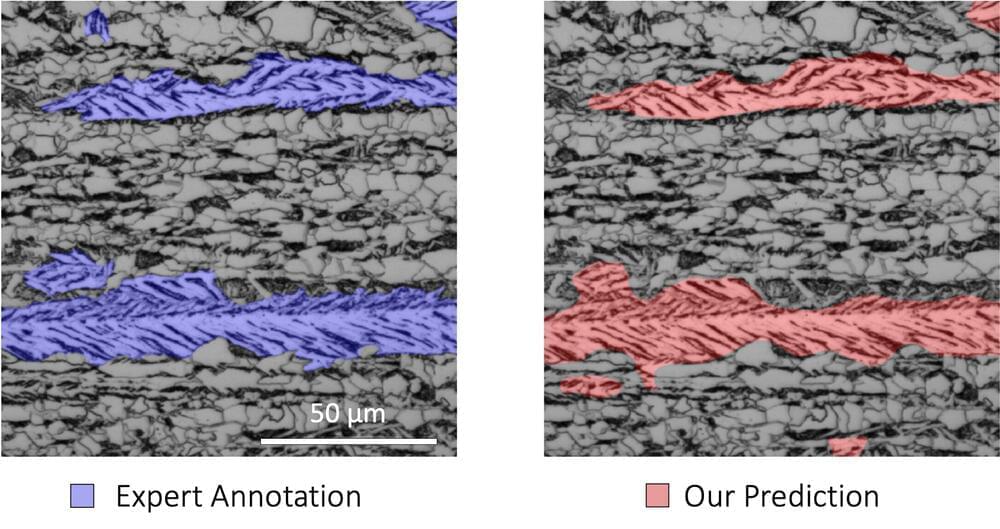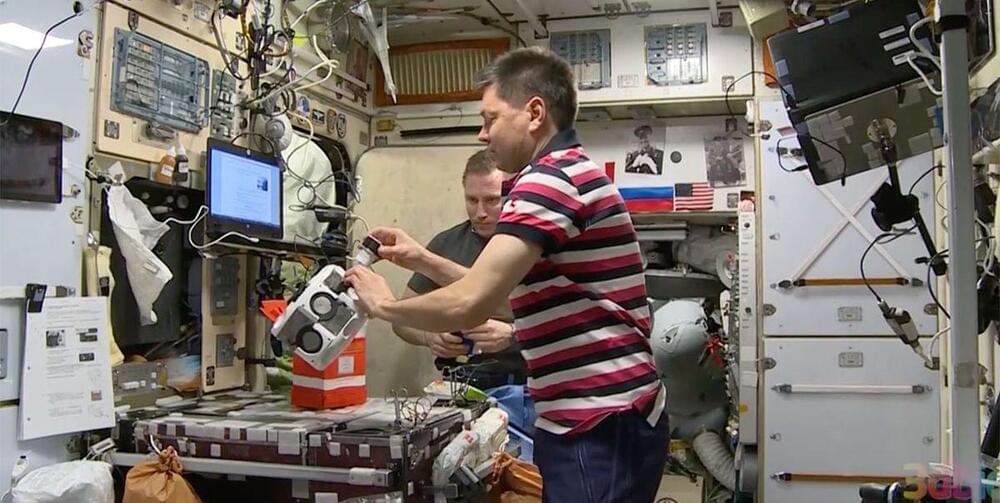Dec 16, 2021
Swiss smart yacht points solar-hydrogen power toward “limitless” range
Posted by Shubham Ghosh Roy in categories: solar power, sustainability
Combining two forms of sustainable energy into one range-extending propulsion system, Swiss Sustainable Yachts’ clean, quiet catamaran promises to jumpstart a future in which the word “range” becomes obsolete. The 64-footer harnesses solar energy to create its own hydrogen, powering a fuel cell-electric drive to potentially limitless autonomy, so long as the sun is shining and the captain isn’t pushing past cruising speed. The Aquon One might prove the ultimate luxury smart yacht of the sustainable generation.
The Aquon One has a 134-hp fuel cell-powered electric engine in each hull. Swiss Sustainable Yachts (SSY) explains that it opts for hydrogen power because of its light weight as compared to batteries or fossil fuels, long-lasting storage capability and lack of harmful emissions. Also critical to the Aquon One design is hydrogen’s ability to be created sustainably, in this case using a solar-powered electrolyzer that splits hydrogen from desalinated seawater. The 689 square feet (64 sq m) of solar panels covering the Aquon One’s hard-top generate all the electricity needed to develop the hydrogen, which is then stored away in carbon tanks.
Continue reading “Swiss smart yacht points solar-hydrogen power toward ‘limitless’ range” »

